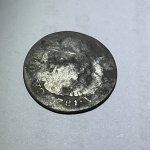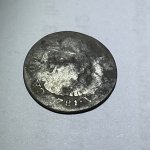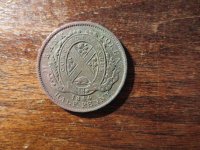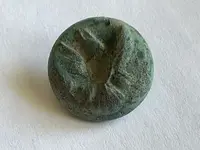Jason in Enid
Gold Member
- Oct 10, 2009
- 9,593
- 9,229
- Primary Interest:
- All Treasure Hunting
OK, so now we need one of the manufactures to produce a backhoe with an integrated metal detector, donut fryer, coffee/espresso maker and a flask holder!
Wait, isn't there a new detecting reality show based on this idea?!
Wait, isn't there a new detecting reality show based on this idea?!







